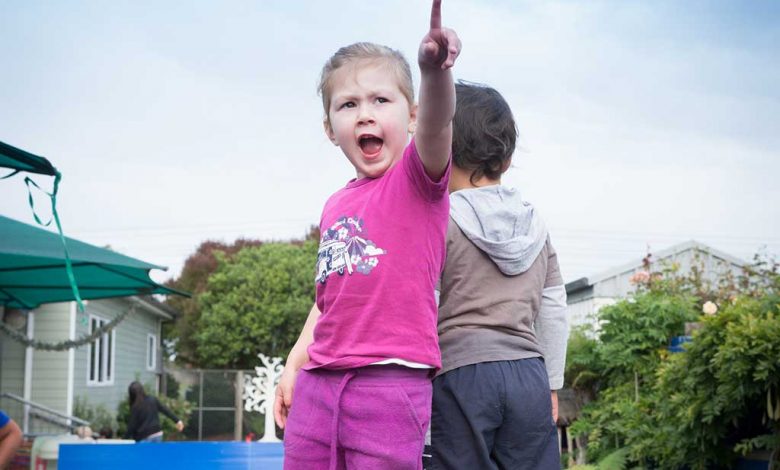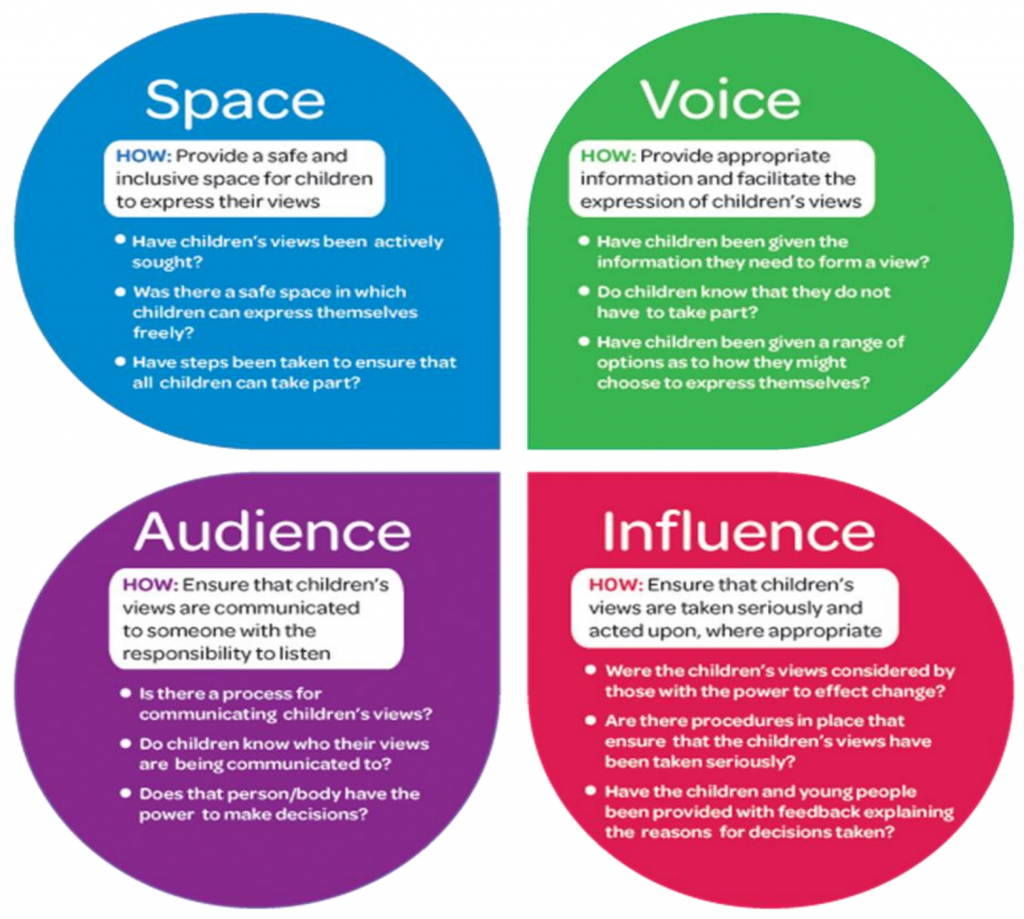Children’s agency, a champion, and a model for advocacy
When I first heard the word “agency” applied to children, I naively thought that it must refer to child actors.

Well, in a way it does, but not in the way I thought. Agency is a word I struggled with. For a long time I found it hard to use – do you grant agency? Allow agency? Provide scope for agency? Deny agency? Is agency the same as choice? Is it voice?
For me, the concept of agency for children makes most sense when thought about in terms of children’s rights (no surprises there), and in particular, their rights to express an opinion. All too often though, the one right which talks about children’s entitlement to a point of view, Article 12 of the UN Convention on the Rights of the Child, is taken out of context. In this blog, I want to put some context around children’s rights to a voice, to be consulted, informed and to express their point of view and their right to say “No, I don’t want to tell you”. I also want to talk about champions – specifically my child’s right hero – Professor Laura Lundy.
Two big ideas – agency and voice
At the moment, there is an unprecedented interest in two big ideas – child agency and child voice. Both these ideas are about children’s rights to participate in all decisions that affect them – their Article 12 rights – the ones most often quoted when it comes to voice. However, unfortunately, the other Articles about children’s rights to a point of view are less well known. These, arguably, concern the ‘agency’ part. Agency is about the ability of the child to actively influence their environment – as a learner, a player, singer, an artist – whatever – and for children, voice is the way they exercise their agency.
But, and it’s a big but, because voice means much, much more than just listening to children. For example, in the table below are all the rights in the UN Convention on the Rights of the Child – the Children’s Convention which, in theory, should support children to take part in matters that concern them.
Articles that support children’s rights to express a point of view
| 12 Children have the right to say what they think should happen when adults are making decisions that affect them, and to have their opinions taken into account. |
| 13 Children have the right to get and to share information, as long as the information is not damaging to them or others. |
| 14 Children have the right to think and believe what they want, and to practice their religion, as long as they are not stopping other people from enjoying their rights. Parents should guide children in these matters. |
| 15 Children have the right to meet together and to join groups and organisations, as long as this does not stop other people from enjoying their rights. |
| 16 Children have the right to privacy. The law should protect them from attacks against their way of life, their good name, their families, and their homes |
(Adapted from Unicef NZ (2011) For each and every child. He taonga tonu te tamariki. Wellington, NZ: Learning Media. Available from https://www.unicef.org.nz/teaching-resources)
What facilitates a rights-based learning setting? What constrains it?
In my work at CORE, across the early years, primary and the secondary sector, I have heard many kaiako equate agency with voice and in so doing, assume that voice means children’s participation rights are fulfilled. But are they? Scratch the surface and you reveal some really interesting assumptions that I think are worth questioning. This is where my hero, and internationally renowned children’s champion, makes her entrance.
Children’s champion and a model for advocacy
In 2007, Laura Lundy wrote one of the most widely cited articles about children’s participation rights – “Voice is not enough: Conceptualising Article 12 of the United Nations Convention on the Rights of the Child “. Like many child rights advocates, she was concerned that equating children’s agency to voice was limiting. She started asking questions like “where do you listen to children?” and, “who is listening to children?” and, “once you have heard from children, what are you going to do about it?” (Lundy 2007).
Her intention was to broaden the adult assumption that listening to the child’s voice is one-dimensional and to do this she identified four spheres, elements, aspects, as a way to deeply understand (first stage of CORE’s theory of Action He Ariā Kōkirikiri) what it takes to really listen to what children have to say.

This model has been used by some of us at CORE. I think it has enormous potential as an advocacy tool for all learners, (no matter the shoe size), and that includes us as kaiako, as facilitators of learning, and as researchers. The main point here is that children’s agency consists of more than one element – all the participation rights need to be considered to authentically hear what children have to say. To make this a reality for all children, we need to be advocates (and champions too). Part of our role as professionals is to advocate for socially just outcomes and, as Judge Becroft, our current Children’s Commissioner and chief advocate for children once observed: the Children’s Convention offers “unequivocal international commitment to protect, nurture and further the interests of what is potentially one of the most marginalised and abused groups in our community – our children”. Sobering thoughts.
Be an advocate
The education sector is not alone when it comes to genuinely respecting children’s rights to say what they think, see, and feel. The roll out of the Child Wellbeing Strategy promotes a joined-up approach to the way government plans and resources services for children. That strategy foregrounds a child-rights approach. In education, we have extraordinary potential to enact these rights every day, and for each and every child. And we do. But, maybe we can do better? As Laura Lundy says, we have made huge progress with space, voice and audience, but the influence sphere is still hitting barriers. Therein lies a challenge for us: What more could we do? How can we advocate for sustained support for children’s rights to be heard across our sector and beyond?
If not you, who? If not now, when?
For more information about children’s rights visit Education matters to me and/or Children’s Rights Alliance Aotearoa (NB – this website has not been updated to reflect the new name for the organisation so don’t be confused by landing on Action for Children and Youth Aotearoa. The website houses the latest reports and submissions about children’s rights.)






